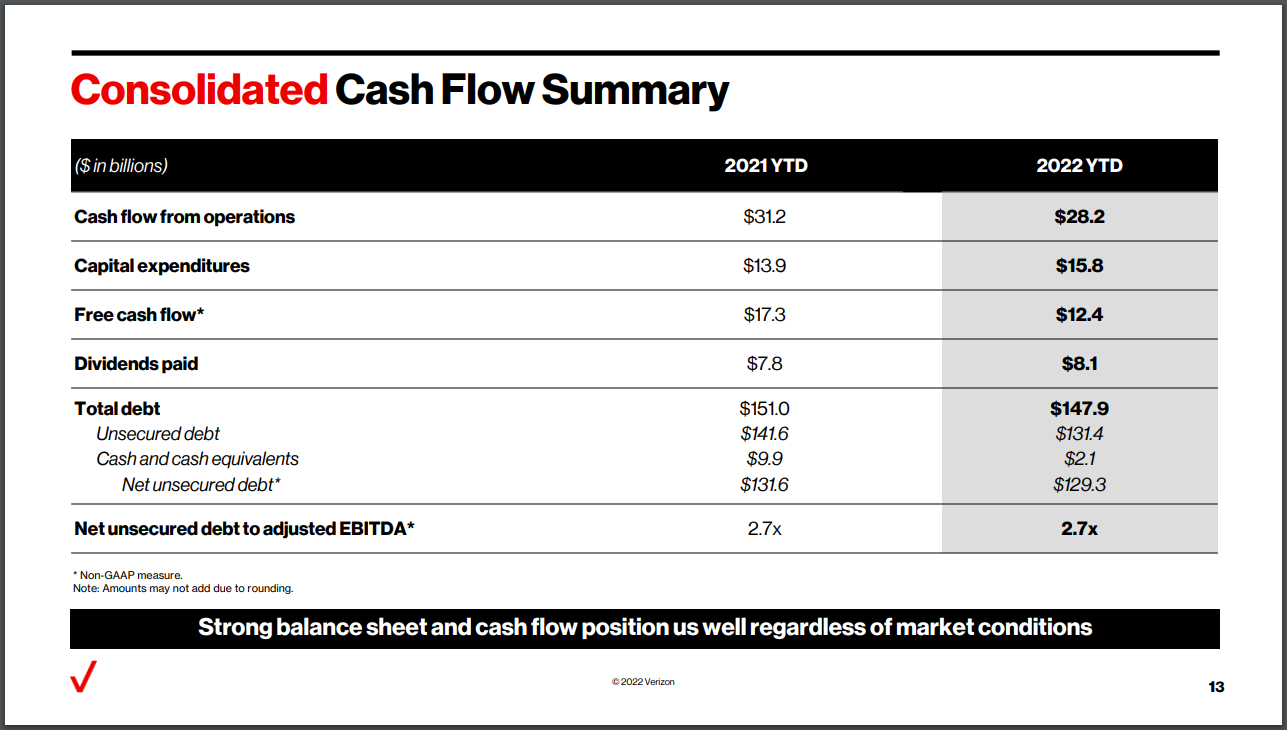In his report to the 20th National Congress of the Communist Party of China last week, Xi Jinping spoke of nine innovation areas where China achieved “major successes”. But there was one notable omission — semiconductors. Decreasing dependence on foreign companies for chips is a critical pillar of China’s quest for self-reliance and strength in science and technology. Its own semiconductor ecosystem has come a long way over the past decade. But the omission suggests that semiconductors continue to remain a weak link in China’s impressive technology stack.
Hence it is not surprising that the United States (US) has , once again, chosen semiconductor export controls to counter China. The new rules, announced on October 7, increase the breadth and scope of licensing requirements to restrict China’s “ability to obtain advanced computing chips, develop and maintain supercomputers, and manufacture advanced semiconductors”. In other words, the US has formally shifted its goal from outpacing China to actively denying it access to advanced chips.
Three days after the US Bureau of Industry and Security (BIS) announced these controls, the shares of leading Chinese chipmakers lost $8.6 billion in market value. Analysts highlighted that rules controlling US citizens from working in China’s advanced chipmakers wreaked havoc on Chinese companies. While these controls are, without doubt, broader and deeper than ever, assessing their long-term impact needs more nuance.
Undoubtedly, these extensive controls will hobble China’s homegrown chip sector. Sectors that use advanced computing and Artificial Intelligence (AI) chips — autonomous mobility, high-end mobile phone-makers, and autonomous weapons system companies — will face difficulty accessing US-made chip-making software and specialised chips in the short-term. They will also find it challenging to access chips made by non-US companies using manufacturing equipment made in the US. Advanced computing research in universities will also be adversely affected.
But it would be hubris to think that these controls can decapitate China’s semiconductor industry. Chinese companies might not be able to produce cutting-edge AI training chips, but they can still deploy cloud computing services for AI training, even as they develop homegrown alternatives. We can also expect a rise in industrial espionage, forced technology transfer, and targeted poaching of key executives. We should not underestimate non-linear technological breakthroughs to get around these controls. China’s ambition to be at par with Taiwan in advanced semiconductor manufacturing has taken a big hit. Still, in a decade or so, it might be able to develop credible alternatives.
China is unlikely to take these controls lying down. Its retaliatory measures might emerge in another trade or technology domain, where it has the upper hand. China’s dominance in critical raw materials is one such area. But given that it employed a rare earth export ban against Japan in 2010 for geopolitical reasons, repeating the move would be entirely predictable, and hence, less impactful.
New export controls will have a sobering effect on US companies, as evidenced by chip stocks losing $240 billion worldwide in the immediate aftermath. For example, Apple’s plan to use Yangtse Memory Technologies Co (YMTC) chips is unlikely to proceed, even though these are 20% cheaper than those by Samsung or Micron. All US semiconductor companies count China as one of their biggest markets, and, consequently, are facing significant revenue decline. Companies will begin lobbying for licences to supply to Chinese companies. Although the US government sought to blunt direct opposition by bringing in the $52 billion CHIPS and Science Act of 2022, it might not be enough to fill the China-sized vacuum.
Moreover, nuanced controls are not easy to implement. They will require coordination between multiple branches of the government, such as compliance and licensing offices, and hundreds of companies. Even with a vast regulatory setup, it won’t be easy to track the end-use of chips.
The US government’s next step could be to convert these unilateral controls into more exhaustive multilateral export controls through the Wassenaar Arrangement — an export control regime for commercial and military-use goods with 42 countries, including the likes of semiconductor giants such as Japan and South Korea.
The geopolitical impact of the new controls is perhaps the most significant. The US and China’s semiconductor ecosystems might recover, but this move is a critical juncture in technology geopolitics. The US has made it unequivocally clear that it is willing to actively constrain China’s progress in critical technologies, even if it means hurting its own companies and allies. It is clear that hard decoupling — at least in a few high-tech sectors — is the most likely outcome. It is a sign that critical technologies will be seen through a “national security first” lens, even if they have mass commercial applications. Countries such as India would have preferred a world where flows of capital, labour, goods and services remain largely independent of geopolitical concerns. But that world order is past us. A common understanding — if not complete alignment — on geopolitics might become a precondition for deepening technology engagement.
India must attempt to become a vital node in the semiconductor ecosystem and build strong links with States that share its interests and values and with which it enjoys economic complementarities. It would be a mistake to think that we can substitute high-tech global value chains with national champions alone. In the changed world order, India’s foreign policy actions will play an outsized role in determining its technology outcomes. The current moment demands realism rather than idealism or grandstanding.
Pranay Kotasthane chairs the High Tech Geopolitics Programme at Takshashila Institution. Abhiram Manchi works as a semiconductor design engineer
The views expressed are personal















